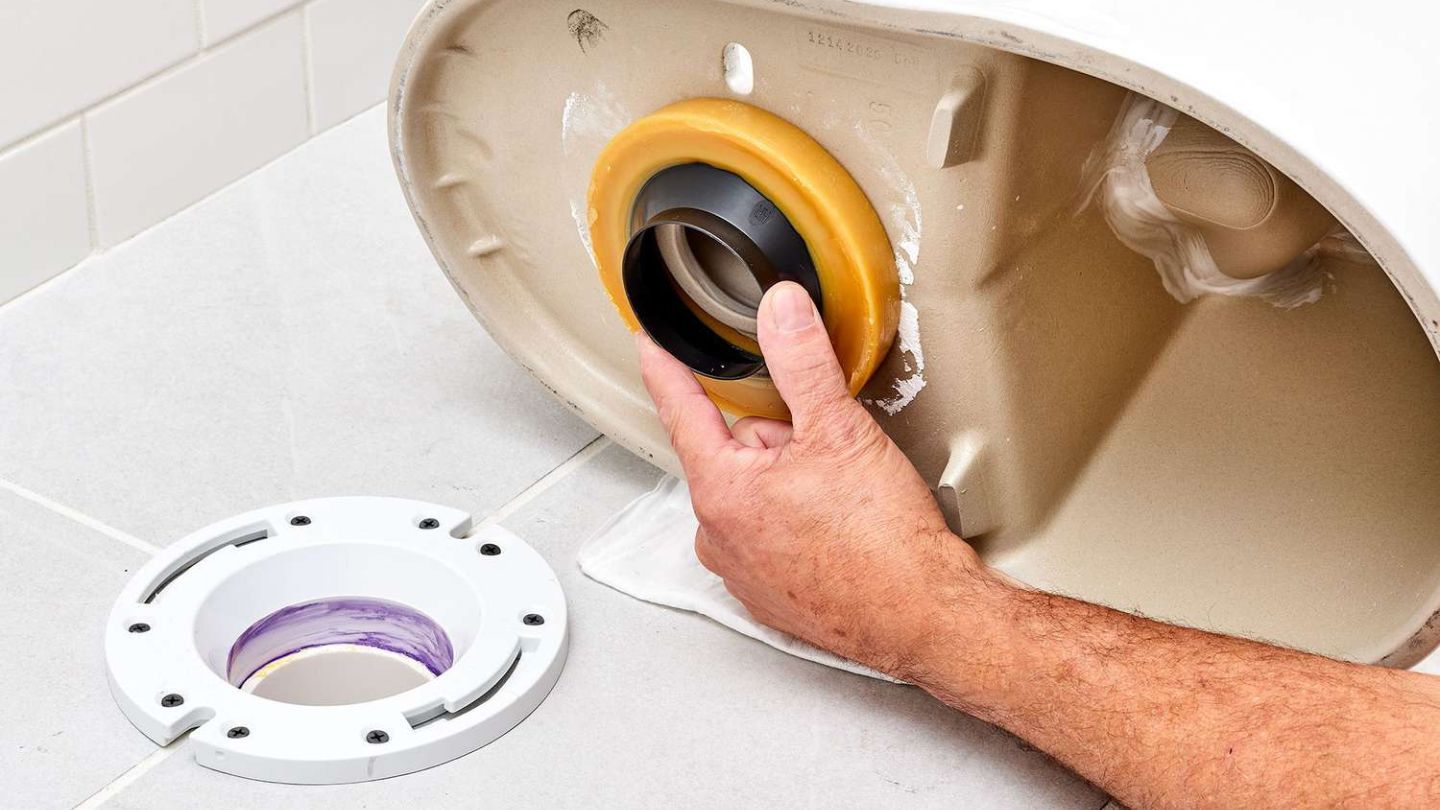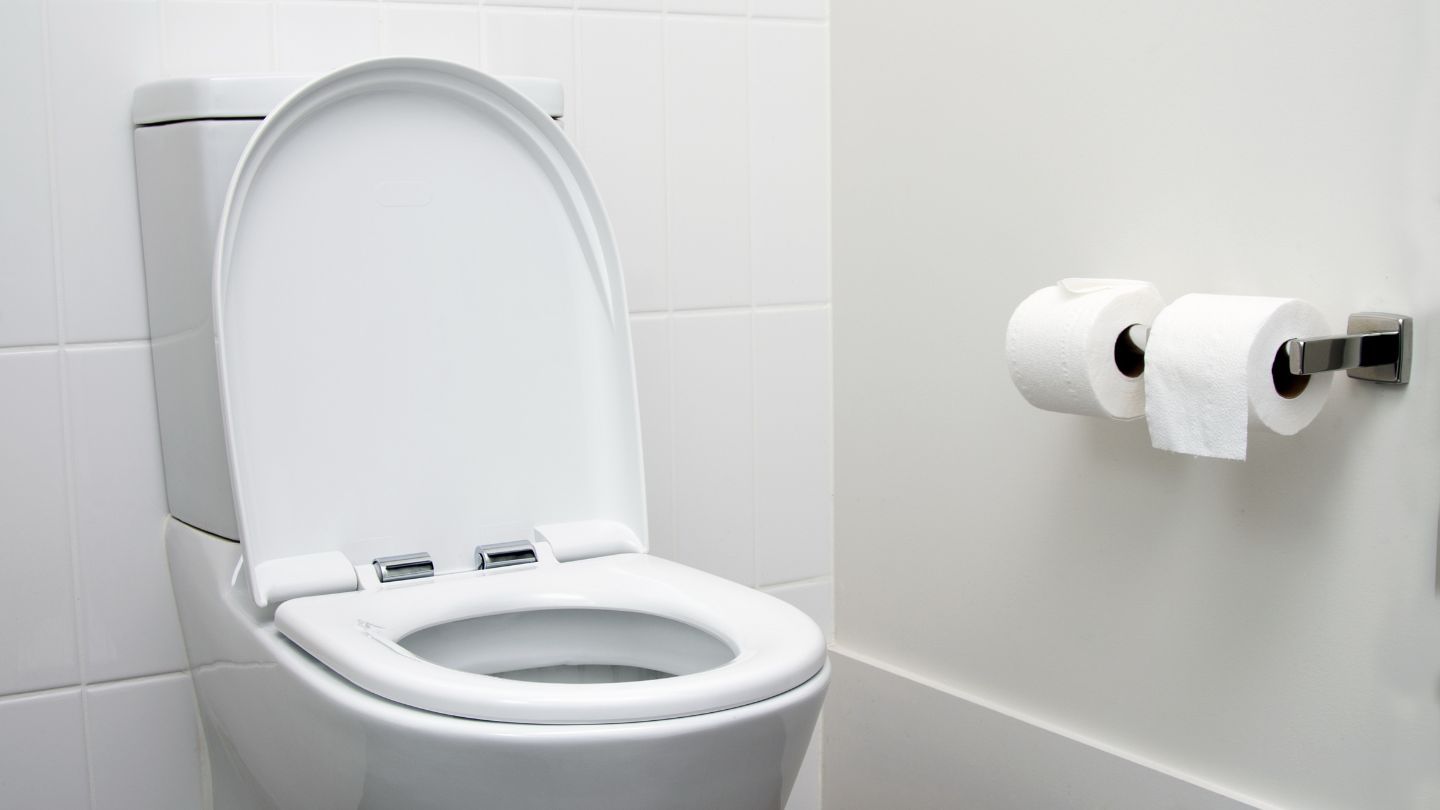A toilet flange connects your toilet bowl to the drain pipe and secures
it to the floor. It ensures a tight seal to prevent leaks and odors, making it
vital for a functional bathroom. In this blog, you'll learn what a toilet
flange is, the different types available, common issues you might face, and why
proper installation is crucial.
Key Takeaways
·
Toilet flanges connect toilets to drain pipes,
securing them in place and preventing leaks and odors.
·
There are several types of toilet flanges, including
PVC, stainless steel, cast iron, and brass, each with specific benefits for
different plumbing needs.
·
Closet bolt slots are essential for securely attaching
the toilet flange to the floor, ensuring stability and preventing leaks.
·
Proper installation is crucial; hiring a professional
can prevent leaks and ensure a secure, watertight connection, saving you from
costly repairs.
Understanding the Basics of a Toilet Flange
A toilet flange, also called a closet flange, is a crucial pipe fitting
that connects the toilet to the floor's drain pipe. It secures the toilet in
place and forms a leak-proof connection using a wax ring. This prevents leaks,
stops foul odors from entering the bathroom, and ensures proper drainage.
Flanges come in various materials, including PVC, brass, stainless
steel, and cast iron. Each type offers distinct advantages, depending on the
plumbing system. For instance, PVC flanges are lightweight, resistant to rust,
and easy to install, making them a popular choice for modern homes. On the
other hand, brass and stainless steel flanges are valued for their durability
and corrosion resistance, particularly in high-moisture environments. If you
have an old toilet flange, it is crucial to replace it with a new one to ensure
durability and proper function.
A properly installed flange is critical to the stability and
functionality of a toilet. When secured with T-bolts and rust-resistant screws,
it maintains a firm connection to the subfloor and prevents any movement. A
loose or damaged flange can cause serious plumbing issues, including water
leaks, floor damage, and instability of the toilet.
Professional plumbers ensure the correct installation of a toilet flange
by carefully assessing the condition of the existing flange, selecting the
appropriate material, and securing it properly. They use specialized tools to
ensure a watertight fit and prevent costly repairs in the future.
Types of Toilet Flanges

The materials used to construct toilet flanges, such as PVC, stainless
steel, cast iron, and brass, cater to various plumbing requirements. Selecting
the appropriate type is crucial for ensuring your toilet functions efficiently
in the bathroom.
We will delve into these different types with more specificity.
PVC Toilet Flanges
PVC closet flanges are favored for their cost-effectiveness and simple
installation process. These flanges, which are both light in weight and robust,
create a connection between toilets and PVC drain pipes while also offering
resistance to rust, contributing to extended service life. Utilizing a PVC
closet flange can significantly improve the stability of your toilet
installation.
These versatile PVC flanges cater to plumbing requirements involving
either three-inch or four-inch drain pipes. They hold appeal due to the ease
with which they can be installed by do-it-yourself enthusiasts as well as
professional plumbers, serving as an economical yet dependable option.
To their practical advantages, PVC toilet flanges maintain compatibility
with a wide range of plumbing systems and materials. This makes them
exceptionally suitable for fresh installations or when substituting old parts,
ensuring that your toilet is securely anchored in place.
Stainless Steel Toilet Flanges
Toilet flanges made of stainless steel are selected for their robustness
and resistance to corrosion. These flanges ensure a secure, leak-proof
connection that safeguards the integrity of your bathroom flooring. By
integrating stainless steel with other materials, such as plastic or cast iron,
their durability is enhanced.
Over time, the longevity of stainless steel toilet flanges makes them an
economical choice due to reduced replacement costs. They are particularly
well-suited for use in conjunction with older toilets, where maintaining a
tight seal is essential for preventing leakage and subsequent plumbing
complications.
In contemporary bathrooms, stainless steel toilet flanges prove
advantageous by offering a sturdy and reliable link between the floor-mounted
toilet and its corresponding drain pipe. Their inherent ability to resist
corrosion promises sustained effectiveness over extended periods, thus
minimizing the need for regular replacements.
Cast Iron Toilet Flanges
Cast iron toilet flanges are robust and suitable for various drain pipe
sizes, especially in homes with older cast iron plumbing. They simplify
installation by fitting on the outside of pipes without needing caulking. A
cast iron flange can enhance the durability of the connection.
Despite being prone to corrosion, cast iron flanges' deep-reaching
design enhances connection and stability, making them ideal for low-drain
pipes.
Plumbers recommend cast iron flanges for strong support and secure
fitting, particularly in older homes with challenging plumbing. Their
durability ensures a stable, leak-free toilet.
Brass Toilet Flanges
Toilet flanges crafted from brass are durable and impervious to rust,
with options such as standard, offset, or deep seat designs to cater to a
variety of plumbing requirements. They are particularly well-suited for areas
subject to high temperatures due to their excellent heat resistance.
When installing new plumbing or replacing existing components, brass
flanges stand out for their reliability. Thanks to their inherent corrosion
resistance, they maintain structural soundness over time. This durability
reduces the frequency of replacements and repairs needed—making them an
economical choice in the long run—as a new flange can significantly improve
system performance.
The hygiene factor is another advantage of using a brass flange. It
ensures that the connection between your toilet and its drain pipe remains
sanitary. Whether you're upgrading your bathroom fixtures or addressing
specific plumbing problems, opting for a brass flange offers a sturdy and
reliable fix.
Common Problems with Toilet Flanges

Toilet flanges are essential for a properly functioning bathroom, but
several common issues can arise if they are damaged or improperly installed.
One of the most frequent problems is a broken or misaligned flange, which can
lead to leaks and unpleasant odors. The wax ring that seals the connection may
also wear out over time, allowing water and sewer gases to escape.
Another major issue is a toilet that wobbles or shifts when used. This
often indicates that the flange is cracked, incorrectly sized, or not securely
attached to the subfloor. If left unaddressed, this instability can cause
additional damage to the flooring, lead to costly repairs, and compromise the
toilet's functionality.
Sewer gas smells near the toilet's base, and visible water damage on the
floor may be signs of a failing flange. In some cases, loose floor tiles around
the toilet can indicate flange instability, even if leaks are not yet visible.
Professional plumbers diagnose and repair these issues by thoroughly
inspecting the flange, ensuring it is properly aligned, and replacing it if
necessary. They use industry-grade materials and tools to reinforce the
flange's connection and restore the toilet's stability, preventing further
damage.
Signs Your Toilet Flange Needs Replacement
Recognizing early signs of flange failure can prevent costly plumbing
issues. A damaged or deteriorating flange can cause noticeable water leaks at
the base of the toilet, leading to floor damage and mold growth. These leaks
not only create unpleasant odors but can also pose health risks.
A rocking or unsteady toilet is another indication that the flange may
be broken or loose. When a flange is no longer properly attached to the floor
or does not fit the drain pipe correctly, the toilet's movements can exacerbate
the problem, leading to potential pipe misalignment or structural damage.
If the existing flange does not match the drain pipe size or type, it
can cause ongoing leakage issues. Ensuring a secure, watertight connection
requires professional assessment and installation. Expert plumbers use precise
measurements and advanced tools to replace faulty flanges, ensuring a perfect
fit that prevents further damage.
When these signs appear, scheduling a professional inspection is the
best course of action. Expert plumbers can determine whether the flange needs a
simple repair or a full replacement, providing a long-lasting and secure
solution.
The Importance of Professional Installation
Hiring a professional plumber for
toilet flange installation or replacement ensures that the job is done
correctly, reducing the risk of leaks, odors, and long-term plumbing damage.
Expert plumbers have the proper tools, training, and experience to correctly
position and secure the flange, ensuring a watertight connection.
Incorrectly installed flanges can lead to costly issues, including water
damage and recurring leaks. Professional plumbers assess the existing plumbing
setup, choose the right flange material, and secure it using durable fasteners
that prevent movement over time. They also check for any underlying structural
concerns, such as weakened subflooring, and address them before completing the
installation.
Attempting a DIY flange installation without the proper expertise can
result in misalignment, leaks, and unnecessary expenses. Professional plumbers
follow a meticulous process, including removing the old flange, inspecting the
drain pipe, and installing a new flange with precision. They also provide
warranties on their work, offering peace of mind and long-term reliability.
A professionally installed toilet flange ensures optimal performance,
protecting the integrity of the plumbing system and preventing future repairs.
Whether replacing a damaged flange or installing a new one, relying on skilled plumbing professionals guarantees a
secure and long-lasting solution.
Conclusion
A toilet flange is indispensable in securing the toilet, preventing
leaks, and ensuring a dependable plumbing system. Familiarizing yourself with
the various flange types, identifying common issues, and guaranteeing correct
installation is crucial for maintaining your bathroom's optimal condition.
At A-Total Plumbing - An Ace Home Services Company, we specialize in
delivering top-notch toilet flange installation and repair services. If you're
searching for a plumber
in Smyrna, our experienced team provides 24/7 support to tackle
any plumbing challenge, from flange repairs to complete replacements. Trust
A-Total Plumbing for reliable and efficient solutions that keep your bathroom
in perfect working order. Contact us today to experience our expert services
firsthand!
Frequently Asked Questions
Can a toilet flange be repaired, or does it always need to
be replaced?
In some cases, a damaged flange can be repaired using a flange repair
ring or extender. However, if the flange is severely cracked, corroded, or
misaligned, replacement is the best option to ensure a secure and leak-proof
connection.
How long does it take to replace a toilet flange?
The process typically takes 1 to 2 hours, depending on the condition of
the old flange, the type of replacement needed, and whether any subfloor
repairs are required.
What happens if a broken toilet flange is not fixed?
Ignoring a damaged flange can lead to persistent leaks, water damage,
mold growth, unpleasant odors, and an unstable toilet that may eventually cause
further plumbing issues.

